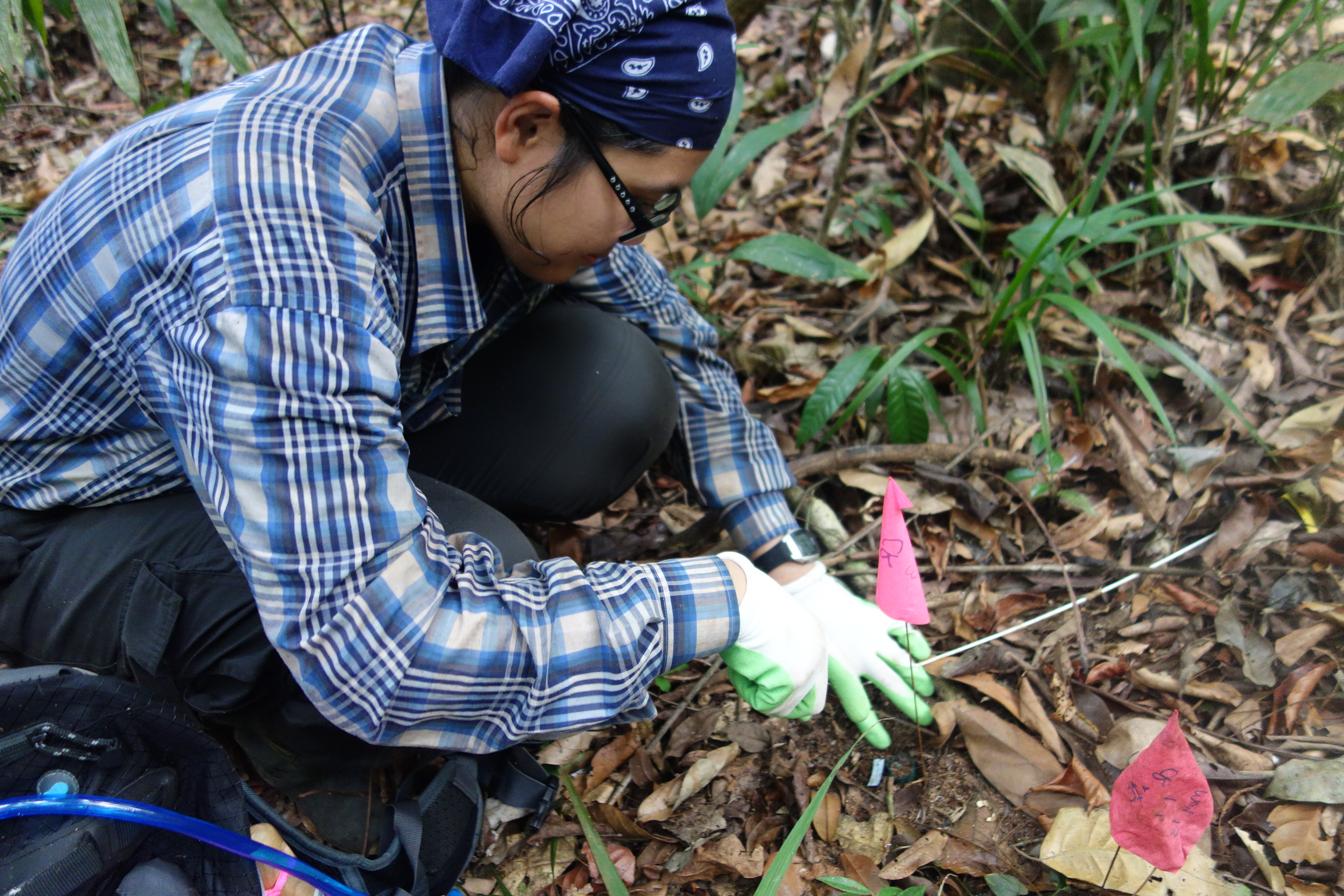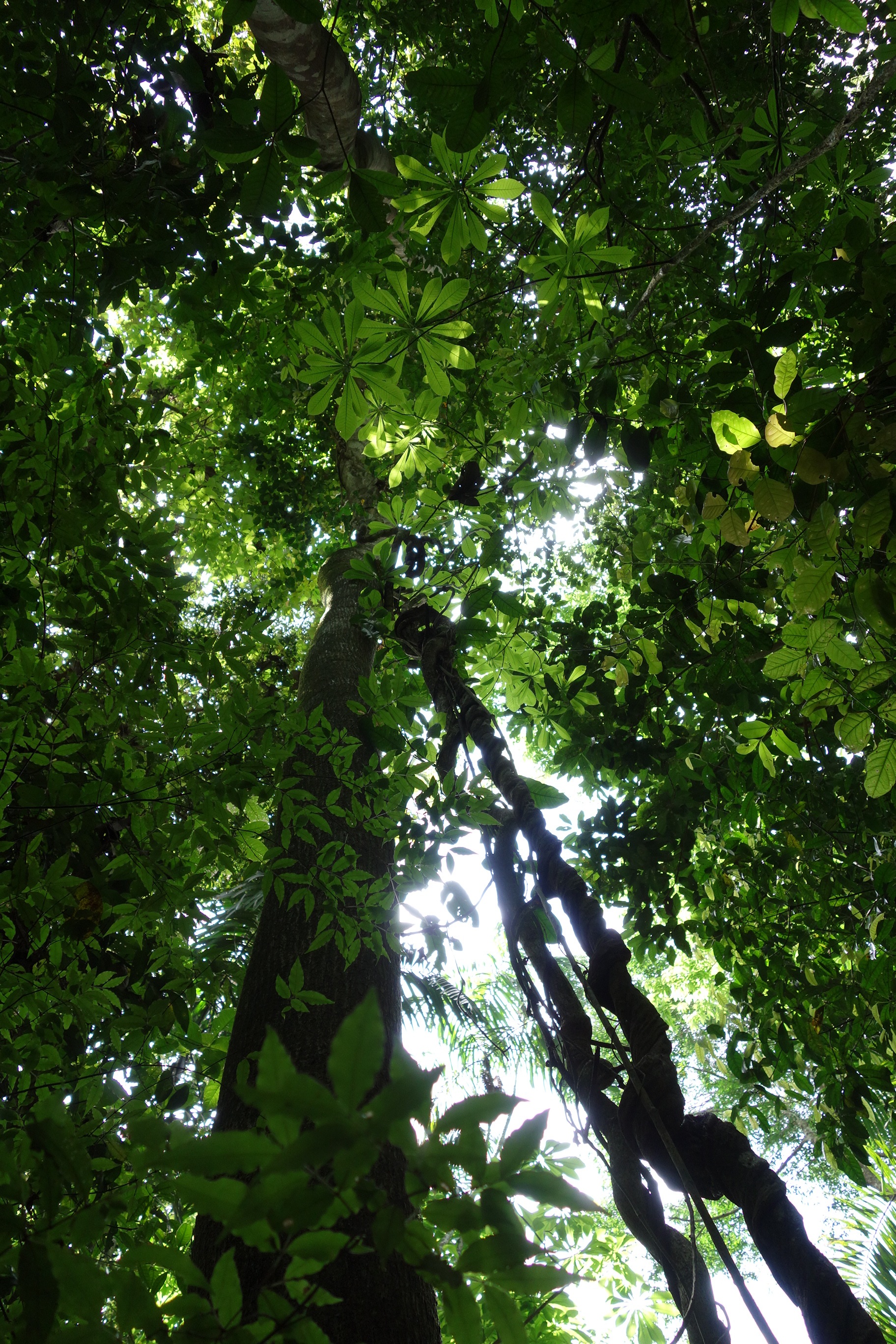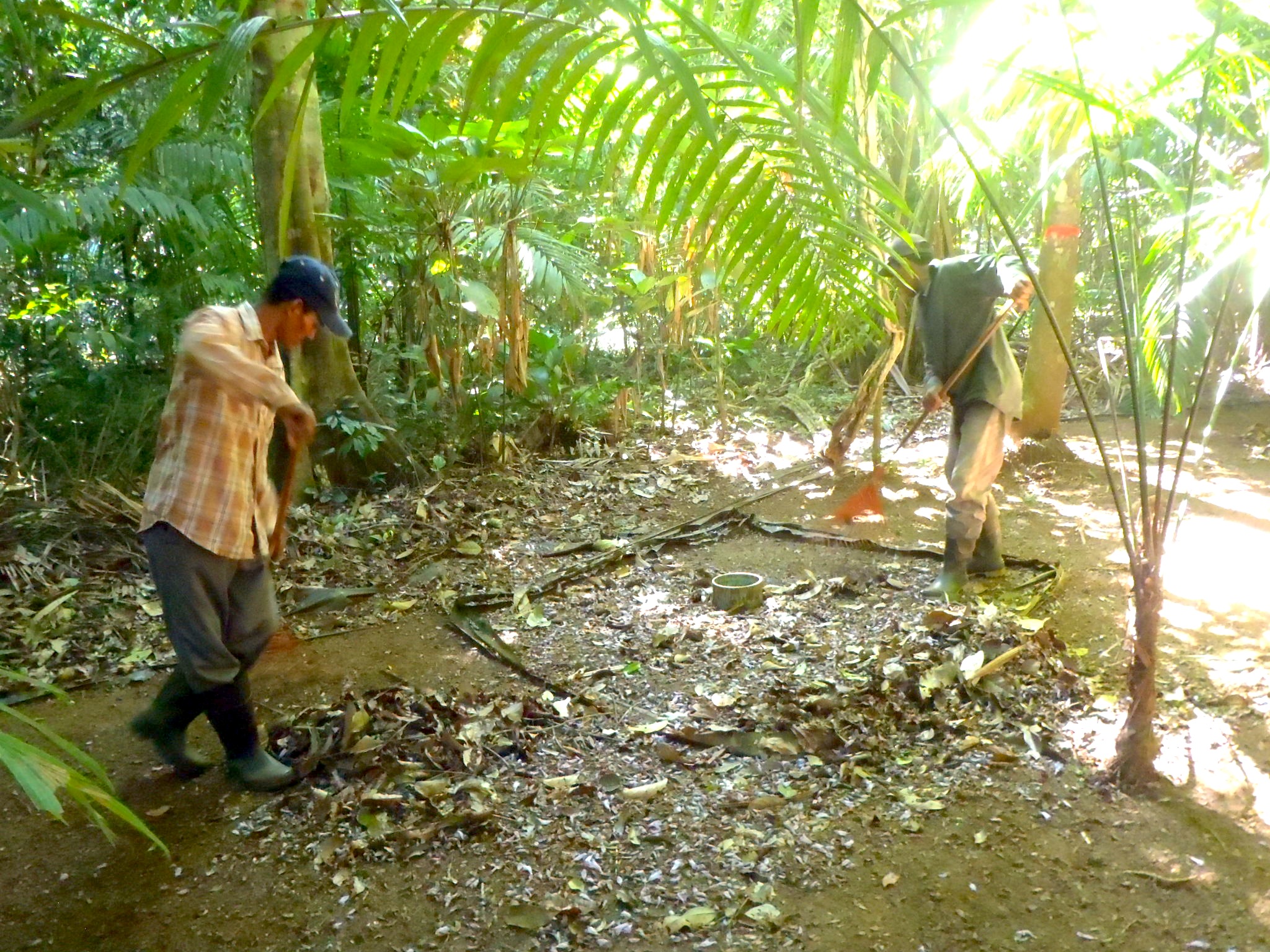Fine root dynamics in lowland tropical forest in Panama
- 11 December 2014
I am Chadtip Rodtassana, currently a third year PhD student in Department of Plant Sciences in Cambridge. Tropical forest ecology is my main interest. This is a popular subject, but it has a special significance for me because I come from a tropical country - Thailand.
A few months ago I had a unique and exciting opportunity to present my research at an international conference which was organized by Association for Tropical Biology and Conservation (ATBC) in Cairns, Australia (20th-24th July 2014). I was very grateful to receive travel grants from Gonville and Caius College and the Cambridge Philosophical Society to pay for this trip. I never expected more from the trip than meeting researchers with similar interest and learning from the oral presentations and posters, so I was surprised and obviously please to win the Alwyn Gentry award for the best poster presentation. I am particularly happy to receive this award because it means that not only can I do research but I can also communicate it effectively I also think that it is important to explain my research to the public.
There is no simple way to explain complex forest ecosystems either. Tropical forests are well known to exceptionally high biodiversity and complexity, but they are also very vulnerable to changing environmental conditions. Recent studies have shown that tropical forests respond positively and negatively to changing environment, but there is still no clear answer for the question ‘why’ and ‘how’ the forests respond. The best way to test hypotheses are a reliable data from field observation or manipulation experiment in the forests.
My field research is in Panama on a research station, Barro Colorado Nature Monument, which is run by the Smithsonian Tropical Institute (STRI). Ten years ago Dr. Edmund Tanner, my supervisor, also a fellow in Caius, had an idea to investigate the effects of changing litterfall on tropical forest nutrient dynamics. Basically litterfall is composed of plant parts including leaves, branches, flowers and fruits that fall either fresh or after senescence. It is a major part of the nutrient cycles in tropical forests because the litterfall decomposes and returns nutrients to the soil that plants can take up and use again for producing new leaves and wood. Consequently the removal of litterfall will decrease the nutrients in soil and thus we can test how plants respond to that. This is a long-term experiment, it started in 2003 and has been studied continuously since – there is now a large dataset and many research papers describing how plants respond to the changing nutrient supply.
My project, within the overall experiment, is a study of roots. Root dynamics are not well understood especially in tropical forest, at least partly because they are literally hidden from view. Roots are obviously essential to plants and I became interested in their dynamics and physiology while an undergraduate doing fieldwork in Thailand. Roots are the important linkage between plants and soil especially fine roots that are very small in diameter and short-lived; there are sensitive to changing environments. One of the general predictions about roots is that plants put more of their growth into roots (compared to shoots) when the nutrient supply is less. Thus it was interesting and unexpected that exploratory measurements in our long-term litter manipulation experiment showed less root biomass in litter removal plots (plots that had less fertile soil because nutrients had been removed in litter). This finding inspired me to study more about the effects of litter manipulation on fine root dynamics, and is the basic question that my Ph. D. research addresses.
The roots are hidden in the ground so how we study plant roots? There are various techniques to observe plant roots both direct and indirect. The direct methods are from excavation and harvesting, while the indirect methods are from calculation and estimation. I investigated root dynamics - root biomass, production, and mortality. My results confirmed that fine root biomass in topsoil layer (0-5 cm deep) was significantly lower in litter removals than the controls. I was also able to estimate rot production growth and death separately by using ‘root windows’. Root windows or rhizotrons are clear material inserted vertically into the ground to observe roots. I take photographs of these windows and then trace roots on a computer; previously records were made by tracing on plastic sheets in the forest.
I am still in the process of analysing the root window data, but it is clear from just a few months that roots are very dynamic 45% (or whatever) of those present at the beginning of a month were absent at the end. I think this key result – very dynamic roots – coupled with the new technique of photographing windows, plus the important fact that all photographs are archived and can be made freely available to other researchers, together with clear text and graphics, were the reasons that my poster won the award.




